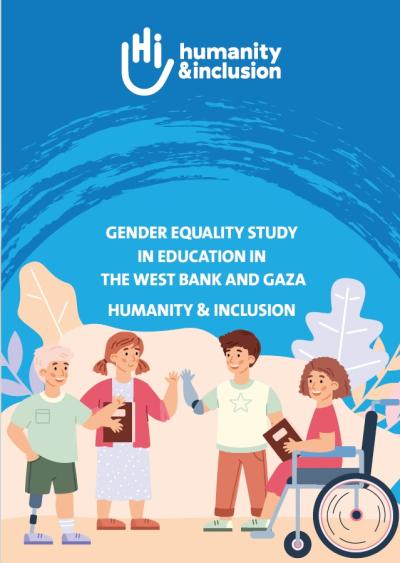Gender Equality Study in Education in the West Bank and Gaza
According to the 2018 UNICEF Country Report on out-of-school children, 36,6% girls with disability between the age of 10 and 15 are out-of-school compared to 26,3% boys with disability. PCBS provides the figure of 23,8% of girls with disability who are out-of-school compared to 29,9% of males in the same situation. Besides, several thousand children with disability are not registered and stay therefore out of screening and deprived from services including education.
Due to its limited extension, the survey conducted in the framework of this gender study doesn’t provide demographically representative evidences of a gender gap in access to education. Although parents surveyed have mostly declared to be supportive of school enrolment of all children equally, educational and CBR staff testimonies indicate that in a context of economic shortages, parents will prioritize the education of children without disability over children with disability on one side, and the enrolment of boys with disability over girls with disability, especially from the sixth grade, on the other side.
In order to ensure that children with disability of both genders enjoy their right to education and to gender equality, it is of high interest to understand how gender and disability interplay to restrict or limit the right to inclusive and gender transformative education. In this sense, the reasons behind the drop out of girls and boys with disability or the fact that they have never attended school have been assessed in this study, which implies to capture all factors at play, including those that end up marginalizing girls with disability because they are girls who have one or several difficulties.
Beside this objective, the present research has analyzed policy, institutional, financial and cultural bar- riers at play for girls and boys with disability and without disability. Primary sources were collected through 64 surveys and 15 in-depth interviews with parents of children with and without disability in Bethlehem Governorate and the three governorates of Gaza Strip. Moreover, the qualitative data were collected in semi-structured interviews and focus groups with key informants from Education and Protection clusters, educational and CBR staff and community members from West Bank and Gaza.




